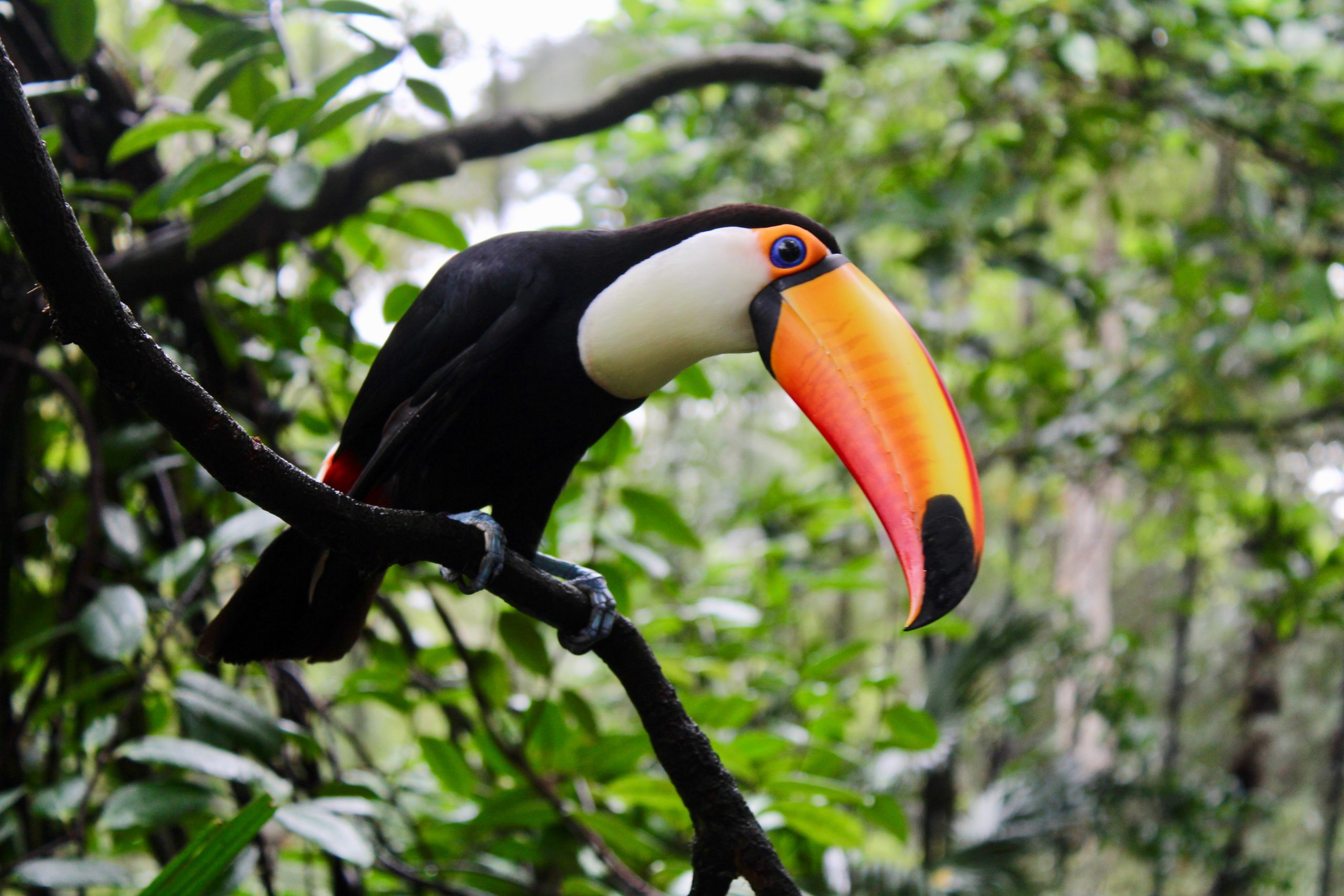
Biodiversity study of the Reserve was carried out by Fundação Espaço ECO in the 30 hectares of forest at the factory located in São Bernardo do Campo Have you ever imagined a forest inside a chemical industrial complex? It may be difficult to visualize this scene, but not for BASF, which applies sustainability in practice, with its Jeito E. For us, production AND the environment go together. And there's more: this forest exists and is located in the BASF Paints and Varnishes Industrial Complex, in São Bernardo do Campo (SP).
Fundação Espaço ECO, at the request of Suvinil, a decorative paint brand from BASF, carried out a biodiversity study of the Reserve and identified several species of plants and animals. The survey was carried out in an area of 30 hectares of Atlantic Forest, which corresponds to 30 football fields. The Reserve is part of the factory area which, in 2020, completed 70 years of activity and has an annual production capacity of 330 million liters of paints, enamels, varnishes and resins, from the Suvinil and Glasu! brands.
For eight months, two biologists carried out a survey of the Suvinil Reserve and discovered that at least 176 species of plants belonging to 55 families and 117 botanical genera live there. Of this total, 135 are trees and 41 are herbs, vines and ferns. There are also 85 species of birds, eight of mammals and at least five of snakes and three of lizards, as well as amphibians and fish. “With the study, we want to show society as a whole the value of this space, which represents practically half of the entire area belonging to our factory in the city.”, explains the director of Decorative Paints Operations at BASF, Ricardo Gazmenga.
This area is still connected to a large forest massif, the Serra do Mar Atlantic forest, and is part of the São Paulo Green Belt Biosphere Reserve, internationally recognized by UNESCO. “It is so gratifying to be able to identify different species of fauna and flora within one's backyard and still have the privilege of continuing to preserve this space, which has a wide variety of plants, such as ferns, bromeliads, herbs, vines and orchids, in addition to housing springs with crystal clear waters”, says Cristiana Brito, president of the Board of Trustees of Fundação Espaço ECO.
The Suvinil Reserve is part of the Ombrophilous Forest, its trees remain always green, in any season of the year, as they do not lose their leaves significantly. The space has five springs, which form small streams and some come together throughout the landscape to form Ribeirão do Soldado. “All the streams are tributaries of the Billings dam, showing the importance of these bodies of water for maintaining the water sources that supply the metropolitan regions”, comments Tiago Egydio, Sustainability coordinator at the Foundation and responsible for the study.
Another interesting point mentioned by Egydio is that this Reserve contributes to the preservation of the Atlantic Forest and Brazilian biodiversity, demonstrating, in practice, how industry AND the environment can coexist. “The estimate of the carbon removed from the atmosphere by the forest is 5,160.31 tons of CO2, the equivalent of a 14-ton diesel-powered truck, circling the Earth 104 times”, he calculates, remembering that the global announcement of carbon reduction 25% of greenhouse gas emissions by the company by 2030 compared to 2018 is also linked to this practice, in addition to the goal of zero net CO emissions2 globally by 2050.
BASF has more than 37 years of experience in restoring native forests in the Atlantic Forest biome. Through the Mata Viva® program, an initiative led by BASF and Fundação Espaço ECO, the company has already planted more than 1.25 million native Atlantic Forest seedlings by the end of 2020, reforesting around 730 hectares of land, including the Forest Mata Viva located within the Guaratinguetá Chemical Complex, in addition to forest restoration initiatives with rural producers and the emissions compensation program.
For BASF, innovations, products and technologies contribute to a more efficient use of natural resources. For ten years, the company has maintained the Demarchi+Ecoefficient program, a pioneering initiative by the company in life cycle management, which aims to measure and optimize paint production processes with a focus on continuous improvement and the implementation of increasingly eco-efficient management. Romeu Escolástico, senior manager of Decorative Paints Marketing at BASF, points out that Reserva Suvinil is a great asset on this front. “This program demonstrates how sustainability is capable of enhancing the activities of an organization that, like BASF, seeks greater efficiency in its products and processes.”
Sustainability is in BASF's purpose. Therefore, it is firmly anchored in the organization's values, governance and its business model and strategy. “Every day we materialize the company's commitment to sustainable development, as we believe we can be productive and sustainable and help implement the SDGs. The Suvinil Reserve is one of the examples of this materialization: environmental preservation and paint production. And the environmental studies that the Foundation carries out generate enormous value for society and the environment”, concludes Cristiana Brito.
Share